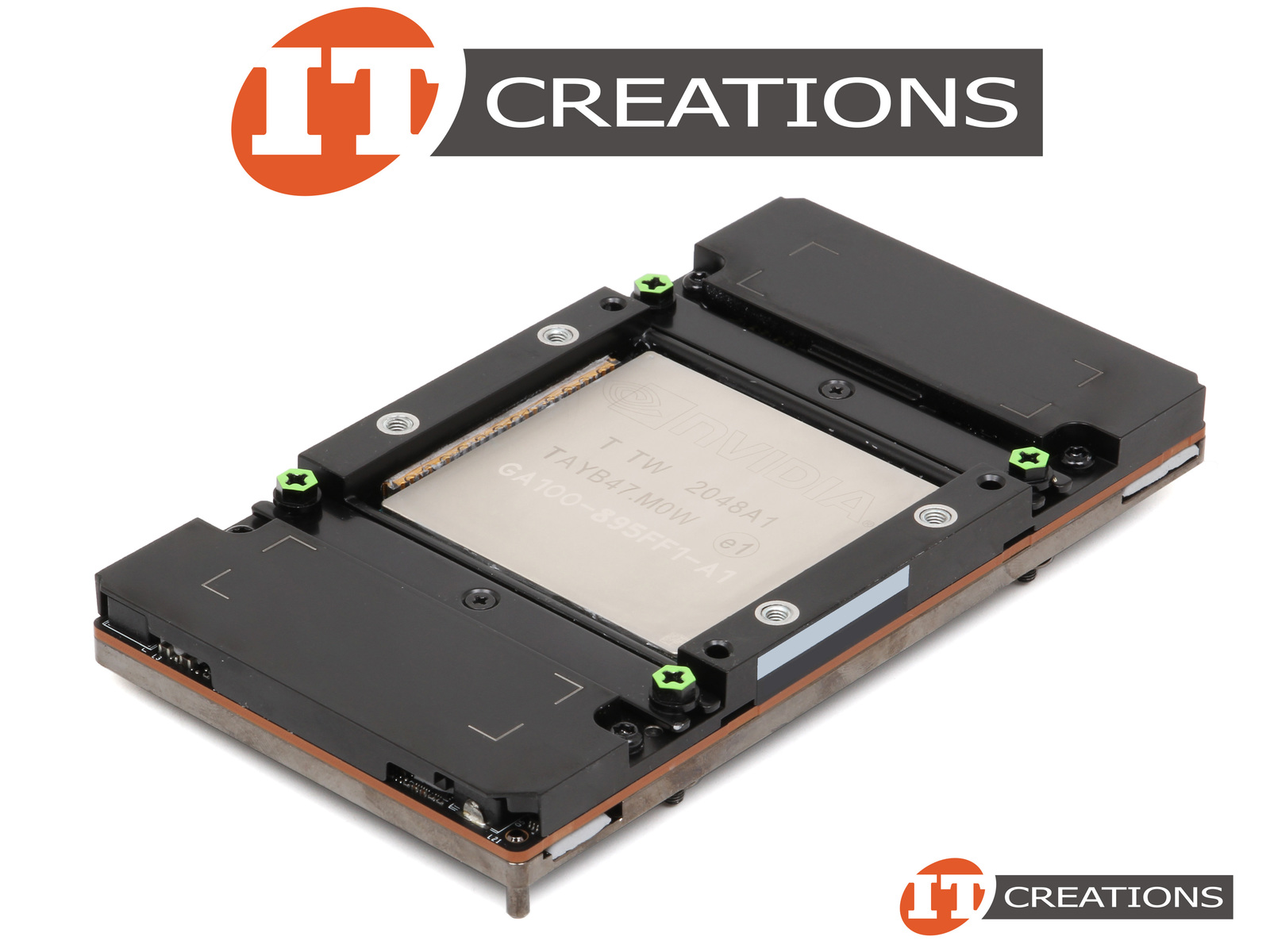A100 Sxm4 Guide: Maximize 80Gb Potential

The NVIDIA A100 SXM4 module represents a significant leap forward in datacenter computing, offering unparalleled performance and efficiency for a wide range of applications, including artificial intelligence (AI), high-performance computing (HPC), and data analytics. With its massive 80GB of HBM2 memory, the A100 SXM4 is designed to tackle the most complex workloads, providing a substantial boost in productivity and throughput. However, to maximize the potential of this powerful module, it’s essential to understand its architecture, capabilities, and the best practices for deployment.
Architecture and Capabilities
At the heart of the A100 SXM4 is the NVIDIA Ampere GA100 GPU, which boasts 6912 CUDA cores, 432 tensor cores, and 48GB or 80GB of HBM2 memory, depending on the configuration. This powerful combination enables the A100 to deliver exceptional performance across various workloads, including:
- AI and Deep Learning: The A100’s tensor cores are optimized for matrix operations, making it an ideal choice for deep learning training and inference.
- HPC: With its high double-precision floating-point performance, the A100 is well-suited for simulations, weather forecasting, and other HPC applications.
- Data Analytics: The large memory capacity and high bandwidth of the A100 make it an excellent fit for data analytics and scientific computing.
Maximizing 80GB Potential
To fully leverage the 80GB of HBM2 memory on the A100 SXM4, consider the following strategies:
- Optimize Memory Usage: Applications that can utilize large datasets will see significant benefits from the increased memory. Optimizing memory allocation and access patterns can help minimize memory bottlenecks.
- Larger Model Training: The increased memory allows for the training of larger, more complex AI models, which can lead to better accuracy and more robust results in deep learning applications.
- Higher Resolution Simulations: In HPC applications, the additional memory can support higher resolution simulations, providing more detailed insights and more accurate predictions.
- Multi-Instance GPU (MIG): The A100 supports MIG, which allows a single A100 GPU to be partitioned into up to seven independent instances, each with its own memory. This feature can help maximize memory utilization by matching instance configuration to workload requirements.
Deployment Considerations
Effective deployment of the A100 SXM4 requires careful consideration of the overall system architecture, including:
- Cooling Systems: The high power consumption of the A100 SXM4 necessitates efficient cooling solutions to maintain optimal operating temperatures.
- Networking: High-speed interconnects, such as NVIDIA’s NVLink or PCIe 4.0, are crucial for minimizing data transfer bottlenecks and ensuring that the A100’s performance is not limited by external factors.
- Software Optimization: Utilizing optimized software frameworks and libraries, such as CUDA and cuDNN, can significantly enhance performance by leveraging the A100’s architectural features.
Best Practices for Optimization
Optimizing applications for the A100 SXM4 involves a combination of understanding the hardware capabilities and applying software optimization techniques:
- Profile and Optimize Code: Use profiling tools to identify performance bottlenecks and apply optimizations to minimize memory access latency and maximize compute utilization.
- Leverage Parallelism: The A100’s massive parallel processing capabilities can be fully exploited by parallelizing computations and data transfers.
- Regular Updates: Stay updated with the latest software releases and patches, as they often include performance enhancements and new features that can further maximize the A100’s potential.
Conclusion
The NVIDIA A100 SXM4, with its 80GB of HBM2 memory, represents the pinnacle of datacenter computing performance and efficiency. By understanding its capabilities, optimizing applications, and deploying it within a well-designed system architecture, users can unlock the full potential of this powerful module. Whether the focus is on AI, HPC, or data analytics, the A100 SXM4 is poised to revolutionize the field, enabling faster, more accurate, and more innovative solutions than ever before.
What are the primary benefits of using the NVIDIA A100 SXM4 for AI applications?
+The primary benefits include accelerated training times for deep learning models, support for larger and more complex models, and enhanced inference performance, thanks to the A100's tensor cores and large HBM2 memory.
How does the A100 SXM4's MIG feature contribute to maximizing its 80GB potential?
+MIG allows the A100 to be partitioned into multiple instances, each with its own memory allocation, enabling more efficient use of the 80GB memory by matching instance configurations to the specific requirements of different workloads.
What role does software optimization play in maximizing the performance of the A100 SXM4?
+Software optimization is crucial as it enables applications to leverage the A100's architectural features effectively. This includes using optimized libraries, minimizing memory access patterns, and maximizing parallel computations to ensure that the hardware's potential is fully utilized.
As the field of computing continues to evolve, the demand for high-performance, efficient, and scalable solutions will only continue to grow. The NVIDIA A100 SXM4, with its unparalleled performance and 80GB of HBM2 memory, is at the forefront of this evolution, offering a powerful tool for researchers, developers, and organizations to push the boundaries of what is possible in AI, HPC, and beyond. By embracing the potential of the A100 SXM4 and optimizing its deployment, users can unlock new levels of productivity, innovation, and discovery, driving progress in countless fields and applications.
